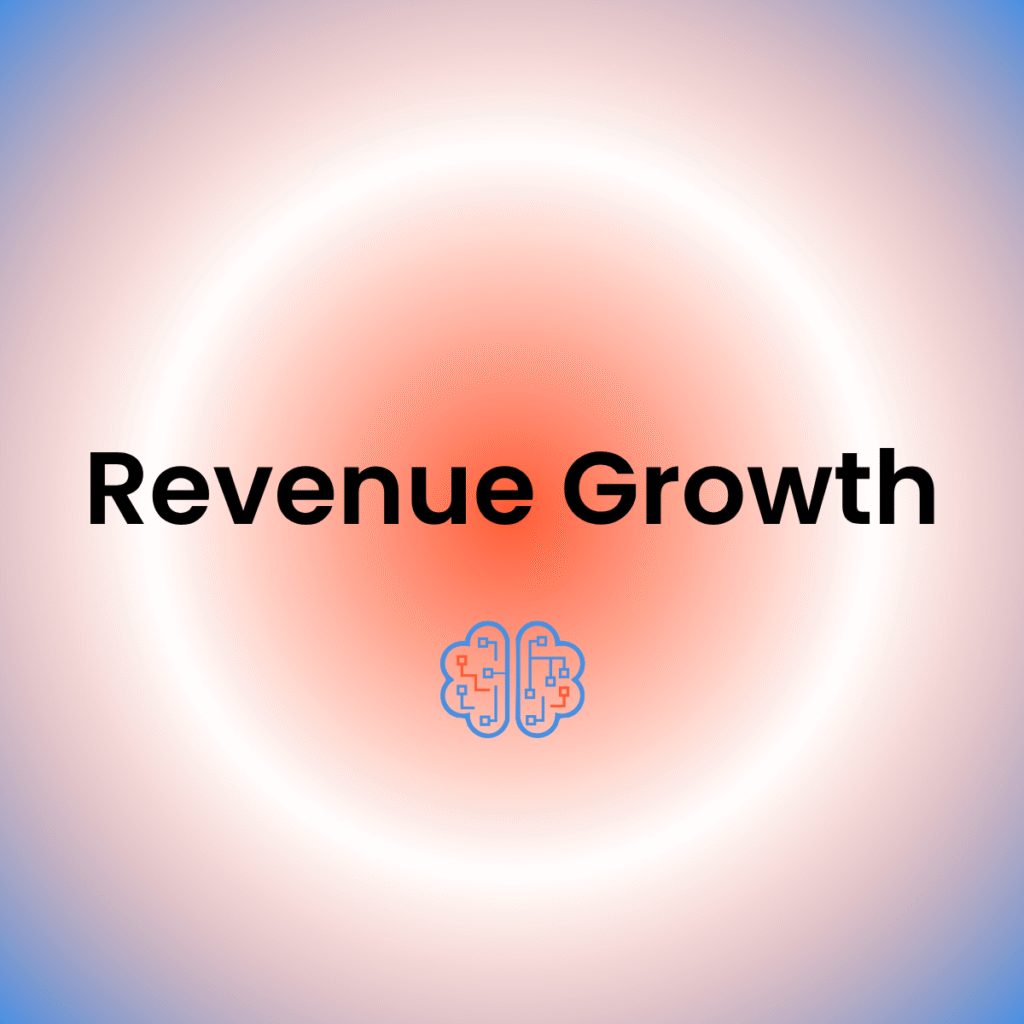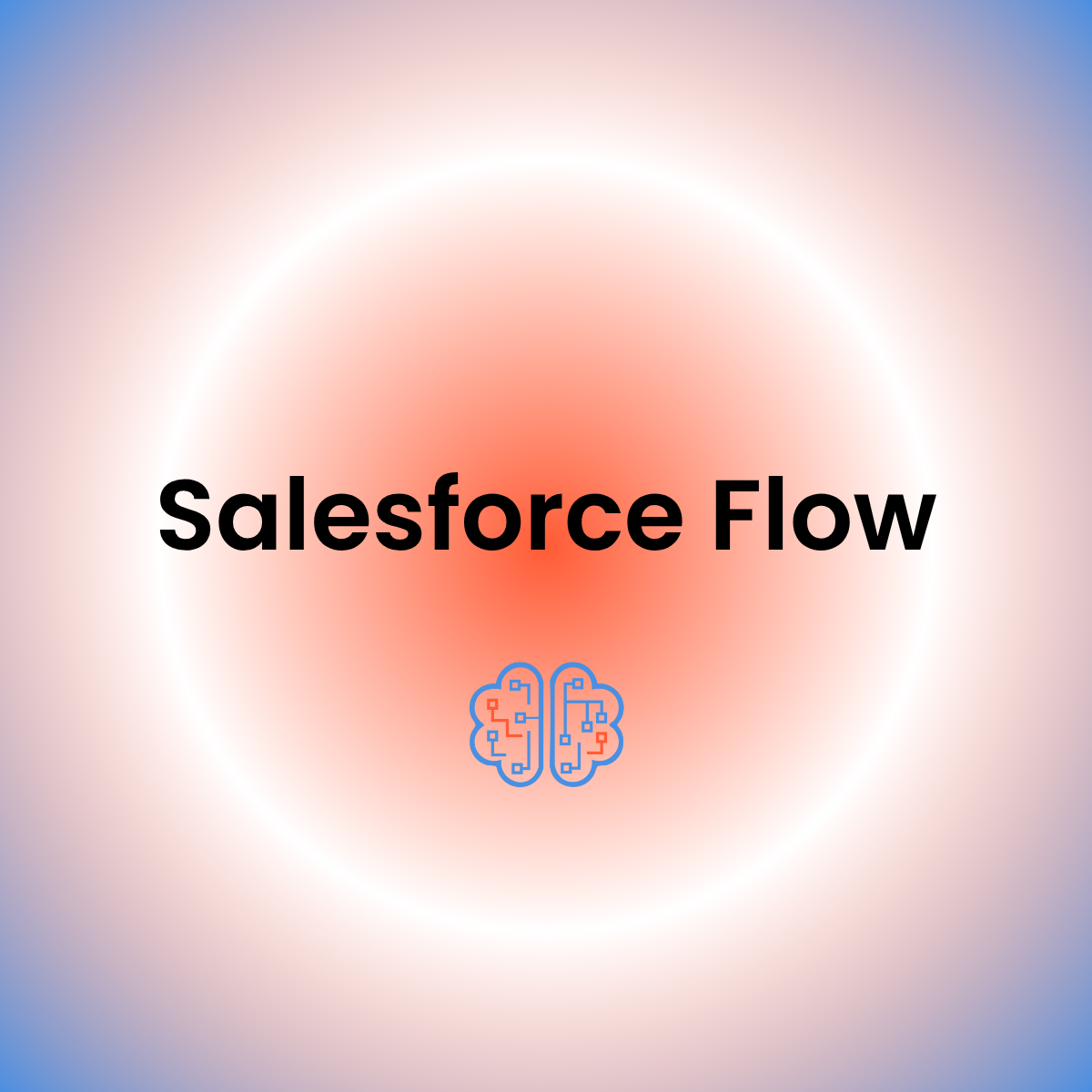Unlock Revenue Growth with Smart Lifecycle Stage Design
Lifecycle stage design is the key that unlocks consistent pipeline momentum and prevents lost leads. Companies that skip *lifecycle stage design* lose up to 30% of potential revenue due to misaligned messaging and timing. Imagine your pipeline as a relay race where runners hand off the baton smoothly. Now picture a fumble mid-race. Leads getting stuck in limbo means your process just dropped the baton. How do you get that momentum back?
What is lifecycle stage design?
Lifecycle stage design defines specific steps in a customer’s journey—such as awareness, engagement, and purchase—ensuring teams align messaging and actions at each point to maximize revenue growth and customer retention.
The Hidden Pitfalls of Skipping Lifecycle Stage Design
Sales and marketing teams often follow different playbooks. This disconnect fuels friction and lost deals, costing up to 30% in potential revenue. Moreover, leads stuck without clear next steps increase churn risk by 25%, leaving dollars on the table. Messaging timing also misses the mark—too early or too late—and kills engagement rates. When teams don’t align on stages, the entire customer journey feels like trying to catch a moving train. Defining lifecycle stages clearly is the first step in managing this entire flow effectively.
Defining Clear, Actionable Lifecycle Stage Design
The fix starts with precise, data-driven lifecycle stages based on actual customer behavior—not guesswork. Each stage of the journey—awareness, engagement, purchase, and loyalty—needs separate definitions with specific goals and tactics[^1]. Clear stages guide both sales and marketing on what to do next, eliminating confusion and dead ends. Aligning KPIs to these stages ensures everyone owns their part of revenue generation. Remember: if your pipeline worked, you wouldn’t be ghosted. Lifecycle marketing tailored to each stage improves acquisition and retention dramatically.
Why Clear Stages Matter
Clarity transforms chaos. When you map your lifecycle accurately, you uncover leaks where leads slip away. These insights help you plug holes before revenue drains out. Revenue lifecycle management unites sales, marketing, and customer service to predictably grow revenue by maximizing each stage’s value.
Automate Timely, Relevant Outreach to Scale Growth
Next, automation steps up the game with timely, context-aware outreach. Automated triggers based on lifecycle stage shifts mean prospects get messages that actually fit their moment. This sharpens engagement and scales your outreach without extra effort. For instance, a SaaS startup redefined their stages, cut churn by 20%, and boosted monthly recurring revenue by $200K in just three months. That’s not luck—it’s smart design and automation. Properly mapped stages—like Reach, Acquisition, Conversation, Retention, and Loyalty—clarify goals and improve collaboration across teams.
Action Checklist
– Map your current lifecycle stages to spot gaps causing revenue leaks.
– Bring sales and marketing together to define shared stage definitions.
– Implement real-time automation workflows responding to stage changes.
Conclusion
Ready to turn your pipeline from a leaky faucet into a steady stream? Start by designing lifecycle stages that guide your team and your customers smoothly forward. Align, automate, and watch growth flow. Need a savvy co-pilot? Reach out—let’s streamline your customer journey and scale your success. Each customer lifecycle stage—awareness through expansion—plays a critical role in unified RevOps strategies[^5]. Poor stage definition slows growth and wastes resources.
FAQ
Q: Why is lifecycle stage design important for revenue growth?**
A: It aligns sales and marketing efforts, ensuring timely messaging and reducing lost leads, which increases revenue and retention.
Q: How do I define effective lifecycle stages?**
A: Base stages on actual customer behavior with clear goals for each phase, such as awareness, engagement, and retention.
Q: What role does automation play in lifecycle stage design?**
A: Automation delivers relevant messages at the right stage, scaling outreach and improving engagement without manual effort.
Q: Can poor lifecycle stage design impact customer churn?**
A: Yes, unclear stages lead to disengagement and confusion, increasing churn risk by up to 25%.
Q: How do lifecycle stages integrate with RevOps?**
A: They provide a shared framework for sales, marketing, and customer service to collaborate and optimize revenue.




